


Vendor Profile
BAN INOUE
| Address | 223 Kawakami-cho Nara-city Nara, JAPAN ZIP:630-8202 |
|---|---|
| Representative Name | chika hayashida |
| Annual Revenue | closed |
| No. of Employees | 60 |
| Web Site URL | |
| SNS |
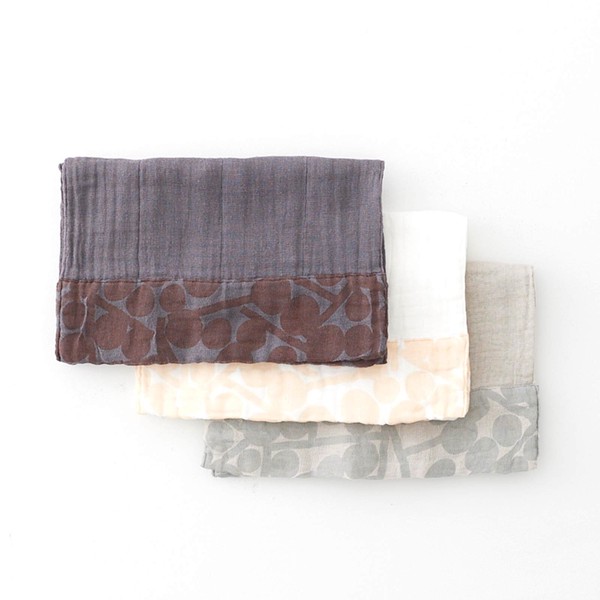

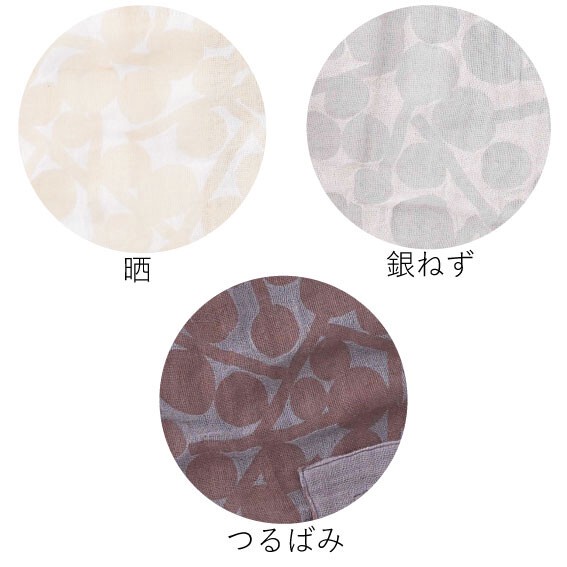
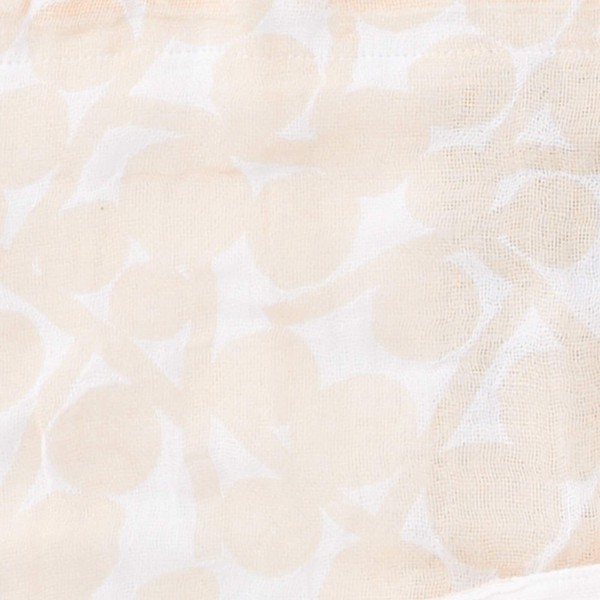
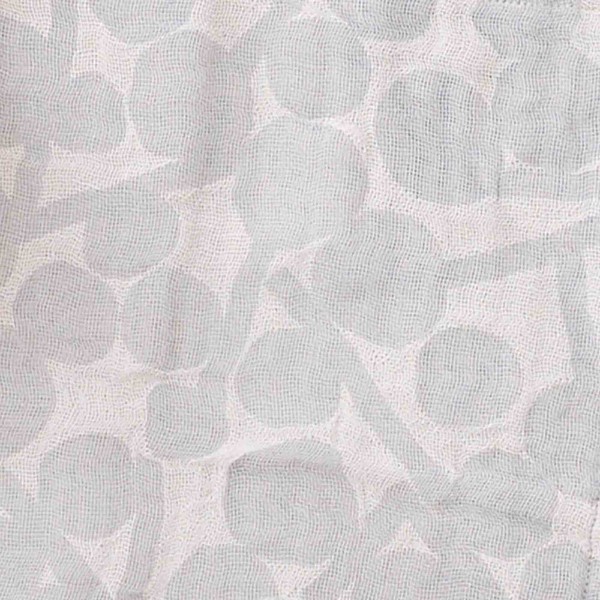

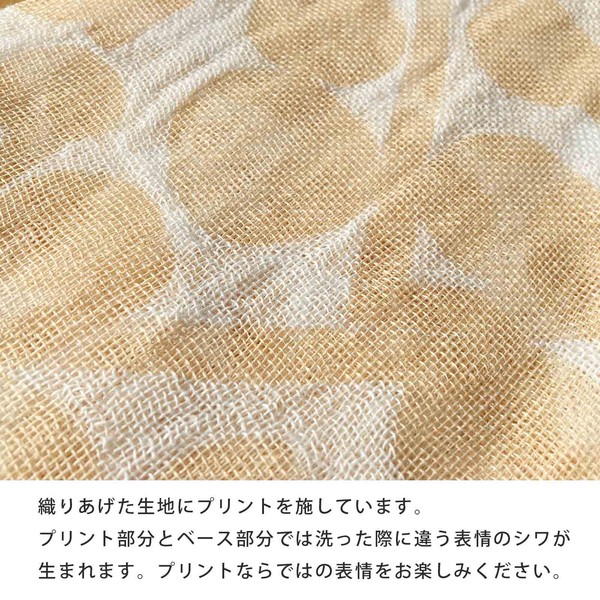
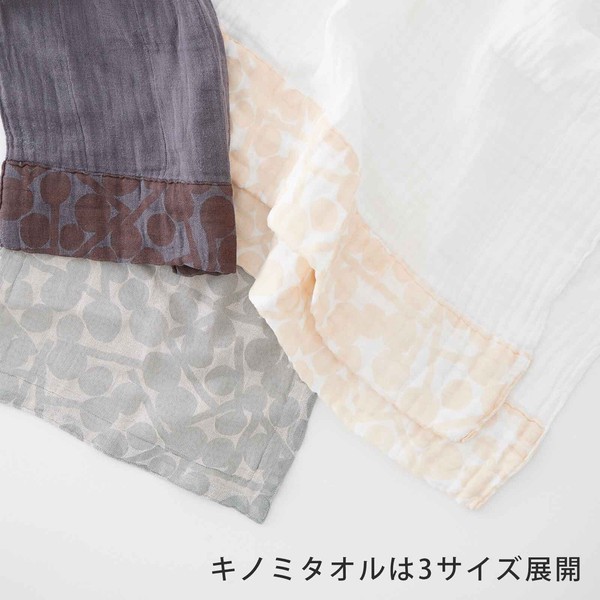
People Also Searched
Other items from this category
Hand Towel Kaya-cloth Face Made in Japan
SD item code:9175462
| Detail | Price & Quantity | ||
|---|---|---|---|
| S1 |
bleach
晒
(IY812307)
JAN:4546744706052
|
(IY812307)
JAN:4546744706052
Wholesale Price: Members Only
1 pc /set
Sold Out
|
|
| S2 |
silver gray
銀ねず
(IY812360)
JAN:4546744706069
|
(IY812360)
JAN:4546744706069
Wholesale Price: Members Only
1 pc /set
Sold Out
|
|
| S3 |
dark grey
つるばみ
(IY812380)
JAN:4546744706076
|
(IY812380)
JAN:4546744706076
Wholesale Price: Members Only
1 pc /set
In Stock
|
|
| Dimensions |
|---|
|
90cm x 36cm
|
| Specifications |
|---|
|
Country of manufacture: made in Japan
Material / component: 100% cotton
Mosquito net 4-ply tailoring Package: Individual Packaging
Year of manufacture: 2023
Product tag: Attached
|
Description
| Adorable kinomi patterns printed on mosquito net fabric A new series of fabrics The ends of the towels are adorned with the new series of fabrics. The characteristic of the mosquito net fabric is that the weave has large openings between the threads, which absorbs moisture well, dries quickly, and prevents unpleasant odors. Made of 100% cotton, it becomes softer and fluffier with each use. *The KAYAKINOMI series is a printed fabric, so it retains its firmness even after washing compared to conventional KAYAKINOMI fabric. *Features of mosquito net fabric*. Mosquito nets were originally hung to repel mosquitoes when sleeping. The folds are coarse and airy. The weaving process allows air to pass through the fabric, making it extremely lightweight and flexible. Because it is a woven fabric, it is not elastic. *History of Mosquito Net Fabric Mosquito net fabric, a local industry in Nara, has been actively woven since the Edo period (1603-1868) and continues to be used today. Mosquito nets were introduced from China and were initially used by aristocrats and others, but became popular among the general public during the Edo period. [Merchants selling nets with their distinctive call of "kayaa, kayaa" (meaning "mosquito net," or "mosquito net," in Japanese) were a popular way to announce early summer in Edo (present-day Tokyo). *The charm of mosquito net fabric When the glue used in the weaving process is removed, the individual fibers of the threads expand and the original softness of the cotton is revealed. The intertwining of the fine fibers makes the fabric more comfortable on the skin and makes it fluffy, light, and airy. It is safe to use for people with sensitive skin and children. *Related Keywords* made in Japan madeinjapan made in Nara Nara souvenir natural gift 100% cotton natural material petit gift mosquito net kaya mosquito net fabric towel mosquito net fabric kitchen cloth towel mosquito net towel kaya towel mosquito net towel gauze year-end gift gift dots botanical polka dots Mother's Day Gift |
More
| Shipping Method | Estimated Arrival |
|---|---|
| Sea Mail | From May.19th to Jul.21st |
| Air Mail | From May.1st to May.5th |
| EMS | From Apr.30th to May.5th |
| Pantos Express | From May.2nd to May.7th |
| DHL | From Apr.30th to May.2nd |
| UPS | From Apr.30th to May.2nd |
| FedEx | From Apr.30th to May.2nd |
|
Some trading conditions may be applicable only in Japan.
[Please check]
*Kaya Kinomi series are printed fabrics, so they retain their firmness even after washing compared to conventional kaya fabrics. *Please be careful not to scratch the surface when using. *About care Please wash it with water or lukewarm water before using it for the first time, as it has glue on it. Although the fabric will shrink when washed, it will become fluffy and blend in after repeated washing. Please enjoy the unique texture of mosquito net fabric. Bleach cannot be used. The color may fade slightly due to the natural fiber. *About size There are individual differences depending on the material and other factors. *About the color Depending on your monitor or computer environment, the color may differ from the actual product. In addition, there is the case that the color differs slightly from the actual color due to outdoor shooting, etc. We appreciate your understanding. *About the inventory situation In order to share with the actual store, there is the case of a sellout. Please forgive us in the unlikely event that the product is sold out. In addition, there is a case that we can prepare even if the product is shown as sold out, please feel free to contact us. For details, please see [Terms and Conditions]. |
Other items from this category:
A new series of fabrics
The ends of the towels are adorned with the new series of fabrics.
The characteristic of the mosquito net fabric is that the weave has large openings between the threads, which absorbs moisture well, dries quickly, and prevents unpleasant odors.
Made of 100% cotton, it becomes softer and fluffier with each use.
*The KAYAKINOMI series is a printed fabric, so it retains its firmness even after washing compared to conventional KAYAKINOMI fabric.
*Features of mosquito net fabric*.
Mosquito nets were originally hung to repel mosquitoes when sleeping. The folds are coarse and airy. The weaving process allows air to pass through the fabric, making it extremely lightweight and flexible. Because it is a woven fabric, it is not elastic.
*History of Mosquito Net Fabric
Mosquito net fabric, a local industry in Nara, has been actively woven since the Edo period (1603-1868) and continues to be used today. Mosquito nets were introduced from China and were initially used by aristocrats and others, but became popular among the general public during the Edo period. [Merchants selling nets with their distinctive call of "kayaa, kayaa" (meaning "mosquito net," or "mosquito net," in Japanese) were a popular way to announce early summer in Edo (present-day Tokyo).
*The charm of mosquito net fabric
When the glue used in the weaving process is removed, the individual fibers of the threads expand and the original softness of the cotton is revealed. The intertwining of the fine fibers makes the fabric more comfortable on the skin and makes it fluffy, light, and airy. It is safe to use for people with sensitive skin and children.
*Related Keywords*
made in Japan madeinjapan made in Nara Nara souvenir natural gift 100% cotton natural material petit gift mosquito net kaya mosquito net fabric towel mosquito net fabric kitchen cloth towel mosquito net towel kaya towel mosquito net towel gauze year-end gift gift dots botanical polka dots
Mother's Day Gift
蚊帳生地の上に愛らしいキノミの柄をプリントした
新シリーズの生地を
タオルの両端にあしらいました。
蚊帳生地の特徴である、糸と糸の間が大きく開いている織りによって 水分をよく吸い取り、すぐに乾いてイヤな臭いになりにくい。
安心の綿100%で使うごとに柔らかく、ふわふわな肌触りになっていきます。
※かやキノミシリーズはプリント生地の為、従来のかや生地に比べお洗濯後もハリ感が残ります。
●蚊帳生地の特徴●
もともと寝る際の蚊よけとして吊られれていた蚊帳。折り目が粗く、風通しの良い生地です。空気を通すために糸と糸の間を広くとって織り上げる製法で、非常に軽く、柔軟性に富んでいます。また織物のため伸縮性はありません。
●蚊帳生地の歴史●
奈良の地場産業である蚊帳の素材は、江戸時代より盛んに織られ、現在も続いています。蚊帳は中国から伝わり、当初は貴族などが用いていましたが、江戸時代には庶民にも普及しました。「かやぁ、かやぁ」という独特の掛け声で売り歩く商人は江戸に初夏を知らせる風物詩となっていました。
●蚊帳生地の魅力●
織り上げる際に使用した「のり」が落ちると、糸1本1本の繊維が広がり、綿本来の柔らかさが出てきます。また細い繊維同士が絡み合うことで、さらに肌なじみよく、ふんわりと軽く空気を含んだ素材に変化していきます。敏感肌の方やお子様にも安心してお使いいただけます。
●関連キーワード●
メイドインジャパン madeinjapan 奈良県産 奈良土産 お土産 おみやげ ナチュラル プレゼント コットン100% 自然素材 プチギフト 蚊帳 かや 蚊帳生地 タオル 蚊帳ふきん 蚊帳生地ふきん タオル 蚊帳タオル かやタオル 蚊帳タオル ガーゼ お歳暮 進物 ドット ボタニカル 水玉
母の日ギフト